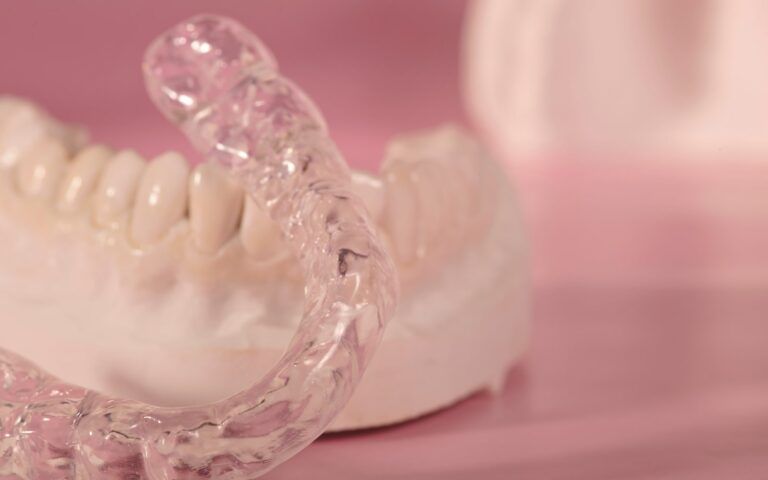Splint Therapy and How It’s Used To Treat TMJ

Our TMJ, or temporomandibular joint, is one of the most critical joints in our body. While primarily thought of for its role in connecting the jaw to our skull, it has a larger importance. In addition to its use in speaking and chewing, it’s also been found to play a role in our posture. Despite this, or perhaps because of its importance, it is also one of the body’s most problematic joints. TMJ disorder, often called TMD, is a condition that brings swelling, pain, and tenderness to the jaw. These symptoms often appear with others, including clicking and lockjaw. Thankfully, this condition is often easy to treat. Splint therapy is one method used to do so.
Understanding Splint Therapy and How It’s Used To Treat TMJ
When used in TMD, a “splint” can also be thought of as a specialized mouthguard. This form of orthodontic appliance comes in a variety of forms. The splint can be soft or hard, and they may cover some or all of your teeth. The way that this device helps in the resolution of discomfort from TMD include:
- Splints allow the ligaments and muscles in the jaw to relax. This aids in preventing clenching, grinding, and other unconscious jaw habits that can trigger TMJ pain.
- TMD can also be the result of bite misalignments. Overbites and underbites can add strain to the jaw, resulting in TMD pain. The splint aids in adjusting the bite angle back towards a neutral position.
- Splints can also help those with bruxism avoid added wear and tear on their teeth. Teeth clenching has been associated with headaches, aching teeth, and high enamel erosion.
As mentioned above, splints come in a variety of forms. However, they can all be broken down into two distinct forms:
- Stabilization Splints – These are worn to prevent clenching, grinding, and other symptoms of bruxism. All of the teeth are covered with this splint, which is only worn at night.
- Repositioning Splints – This form of splint is used to address occlusions or misaligned bites. They are worn every day for the entirety of the day until the desired goal is reached.
Splints are an effective tool for addressing concerns such as bruxism and occlusions. However, they aren’t always a permanent fix for the underlying concern. Dentists will often include what are known as Phase II treatments when managing TMD concerns. Dental work, orthodontics, and surgery are all possible options for effective treatment. Without these Phase II treatments, the corrections made with the splint may reverse.
Learn More By Reaching Out To Your Orthodontist Today
If you’re concerned you may be experiencing symptoms of TMD and wonder if splints can help, call your specialist today. They’ll arrange for an exam and consultation to address your specific concerns. In some cases, dental imaging may be necessary for your practitioner to understand the underlying causes thoroughly. TMD can be painful and debilitating, but treatment can often be effective at restoring full function. The sooner you seek orthodontic treatment, the sooner you can find relief.

Recent Comments